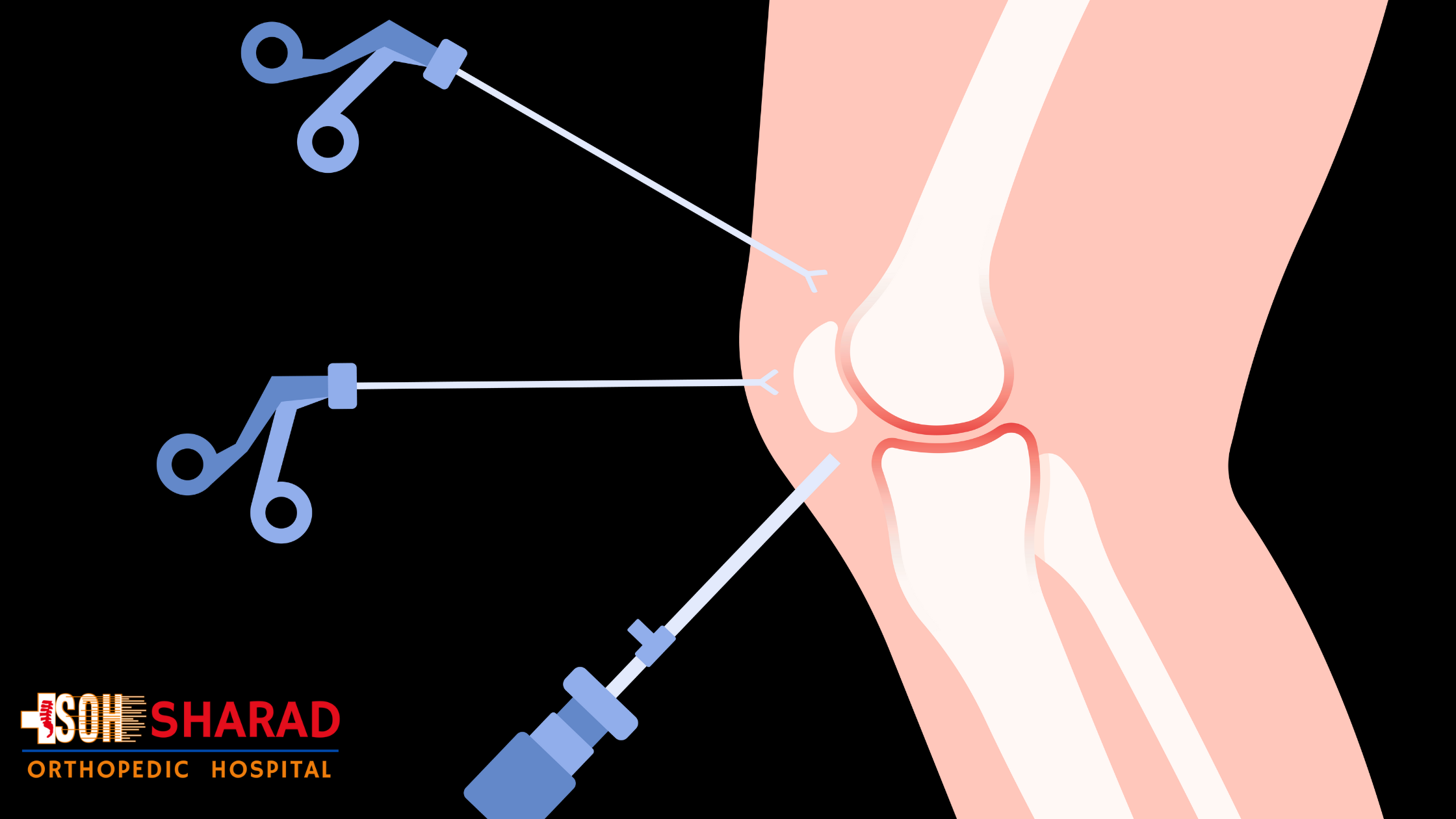Introduction:
Anterior cruciate ligament (ACL) injuries are common among athletes and individuals involved in physical activities. When the ACL is torn or ruptured, it can lead to instability, pain, and limitations in knee function. ACL reconstruction is a surgical procedure that aims to restore stability to the knee joint and allow individuals to return to their active lifestyles. In this blog post, we will explore the details of ACL reconstruction, including the procedure, recovery process, and the benefits it offers to patients seeking to regain knee stability.
1. Understanding ACL Injuries and the Need for Reconstruction: a. ACL Anatomy and Function: Provide an overview of the ACL’s role in knee stability and its importance in preventing excessive forward movement of the tibia. b. Causes and Risk Factors: Discuss common causes of ACL injuries, such as sudden stops or changes in direction, direct impact, or non-contact twisting motions. Address risk factors like sports participation, gender (higher incidence in females), and previous ACL injuries. c. Diagnostic Techniques: Explain the methods used to diagnose ACL injuries, including physical examination, imaging (such as MRI), and stability tests.
2. ACL Reconstruction Procedure: a. Preoperative Preparation: Describe the preparation steps before the ACL reconstruction surgery, including medical evaluations, preoperative discussions, and considerations regarding graft selection. b. Surgical Technique: Outline the ACL reconstruction procedure, which typically involves removing the damaged ACL and replacing it with a graft, obtained from either the patient’s own tissue (autograft) or a donor (allograft). Discuss the different graft options available. c. Anesthesia and Incision: Explain the type of anesthesia used during ACL reconstruction and the minimally invasive arthroscopic approach that allows for smaller incisions and reduced tissue trauma. d. Fixation Techniques: Explore the methods of graft fixation, such as screws, staples, or suspensory devices, used to secure the graft in place during healing.
3. Rehabilitation and Recovery: a. Postoperative Care: Detail the immediate postoperative care, including pain management, wound care, and the use of immobilization devices, such as braces or crutches. b. Rehabilitation Program: Explain the importance of a structured rehabilitation program that includes physical therapy exercises, range-of-motion exercises, strengthening exercises, and gradually reintroducing activities. c. Recovery Timeline: Provide a general timeline for ACL reconstruction recovery, emphasizing the phases of rehabilitation, milestones, and expectations for return to sports or normal activities. d. Preventive Measures: Highlight the significance of injury prevention strategies, such as neuromuscular training, proper warm-up, and maintaining lower limb strength and flexibility.
4. Benefits and Long-Term Outcomes: a. Restored Knee Stability: Discuss how ACL reconstruction helps restore knee stability, allowing individuals to participate in sports and physical activities with reduced risk of re-injury. b. Pain Relief and Improved Function: Explain how ACL reconstruction can alleviate pain, improve knee function, and restore range of motion, leading to enhanced quality of life. c. Return to Sports: Address the possibility of returning to sports and the importance of following a gradual, supervised rehabilitation program to ensure a successful and safe return. d. Long-Term Success: Highlight the long-term success rates of ACL reconstruction, emphasizing the importance of adhering to rehabilitation guidelines and maintaining overall knee health.
Conclusion: ACL reconstruction is a highly effective surgical procedure that enables individuals with ACL injuries to regain knee stability, reduce pain, and resume an active lifestyle. Through proper diagnosis, personalized treatment plans, and dedicated rehabilitation, patients can expect significant improvements in knee function and a successful return to sports and daily activity.
All these facilities related to spine surgeries and physiotherapy are available in Sharad Hospital (Orthopedic Hospital) near Nanded city, warje, Narhe Dhayari, Vadgaon Budurk Sinhagad Road Pune.

